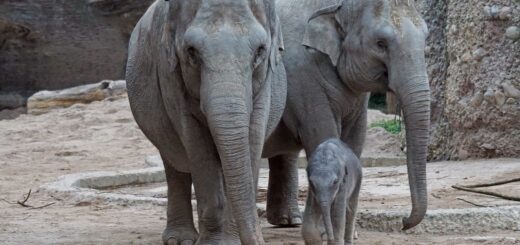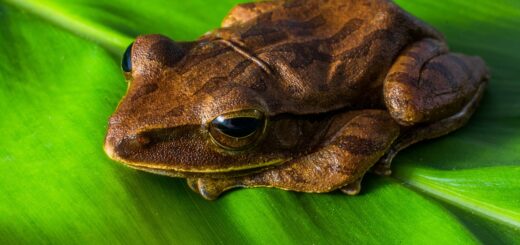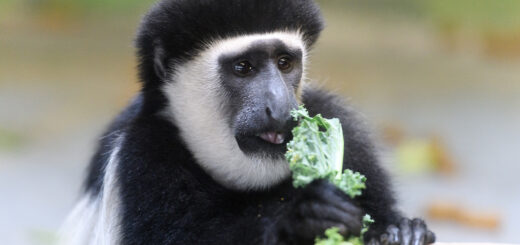Paca feeding in captivity
Citation
Soto AB. 2011. Paca feeding in captivity. In Ward A, Coslik A, Maslanka M, Eds. Proceedings of the Ninth Conference on Zoo and Wildlife Nutrition, AZA Nutrition Advisory Group, Kansas City, MO.
Abstract
The paca (Cuniculus paca) is the biggest rodent in Costa Rica. During 2009 and 2010, a national survey was carried out to determine the actual nutritional management of this species. Diet ingredients and proportions were surveyed by region and the composition categorized and analyzed for 64 farms and 558 animals. Diets offered varied in ingredients including produce (fruits, tubercules, legumes), forages (browse and pastures), corn and concentrates. The composition of the diets was classified into eight categories; 23.44% of the farms offered a mix of corn, forage and produce; 81.25% of the farms did not include supplements in the diet, meanwhile 45.3% included concentrates as part of the diet. Forages in the diets were common in the country; 73.4% of the owners included forages as a source of fiber and protein. Diets including concentrate and browse showed the highest levels of crude protein and calcium. In terms of energy, the average level was 3000 kcal ME/kg. Body condition was scored using a three level scale: 1: poor, 2: regular and 3: good. Fifty-two percent of the animals were scored as 2, 48% as 3 and 5% were scored as 1. It is necessary to conduct more research on paca nutrition in captivity, including nutritional requirements, optimal body weights and an adequate body condition scoring scale.
 25_BrenesPaca.pdf 73 KB
25_BrenesPaca.pdf 73 KB








